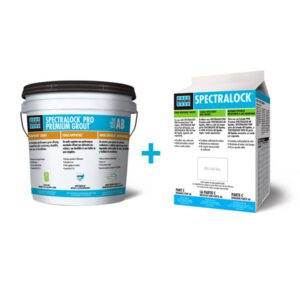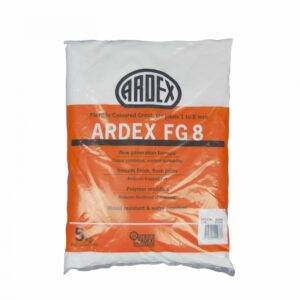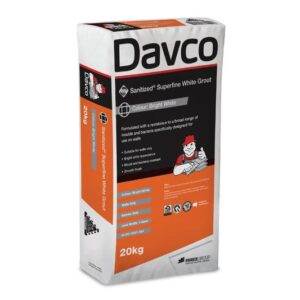Find the Perfect Grout for Your Tiling Needs
Grout is a specialized mixture that is applied to fill the gaps or joints between individual tiles, creating a unified, stable, and aesthetically pleasing surface. It serves a vital role in securing and enhancing the appearance of tiled surfaces.
Ardex FG8 Grout 5KG / 20KG (Code:00694)
$25 – $65Davco Superfine White Wall Grout 5KG / 20KG (Code:02298)
$20 – $40 /bagGrout is a versatile construction material commonly used in tiling and masonry projects.
Here's a general description of grout:
Composition: Grout is typically composed of a blend of cement, sand, and water, but there are various types available, including cement-based grout, epoxy grout, and others, each with its own distinct composition and properties.
Function: The primary function of grout is to provide structural support and stability to the tiled area. It holds tiles in place, preventing them from shifting or moving over time. Grout also serves to seal the gaps between tiles, preventing moisture, dirt, and debris from infiltrating the substrate beneath the tiles.
Aesthetic Enhancement: Beyond its utilitarian purposes, grout contributes to the overall aesthetics of a tiled surface. It can be found in a wide array of colours, allowing for creative design choices. By selecting a grout colour that complements or contrasts with the tiles, you can create a visually appealing and harmonious finished look.
Types of Grout: Grout comes in various types, including sanded and unsanded grout, epoxy grout, and more. These types offer different benefits and are chosen based on the specific needs of the tiling project. For instance, sanded grout is suitable for wider joints, while unsanded grout is ideal for narrower gaps.
Application: Applying grout involves mixing it to the desired consistency and then spreading it into the tile joints using a grout float or a similar tool. Excess grout is wiped away, and the surface is typically cleaned and sealed to protect it from staining and moisture.
Maintenance: Proper maintenance of grout is essential for ensuring its longevity and appearance. This may include periodic resealing, cleaning, and, in some cases, repairing damaged or deteriorating grout lines.
Versatility: Grout is used not only in traditional tiling but also in other construction applications, such as filling gaps between bricks, stones, and other building materials.
Overall, grout is an essential component in both practical and decorative aspects of tiling and construction. Its durability, variety of types, and capacity to enhance the visual appeal of tiled surfaces make it an integral part of many building and renovation projects.





